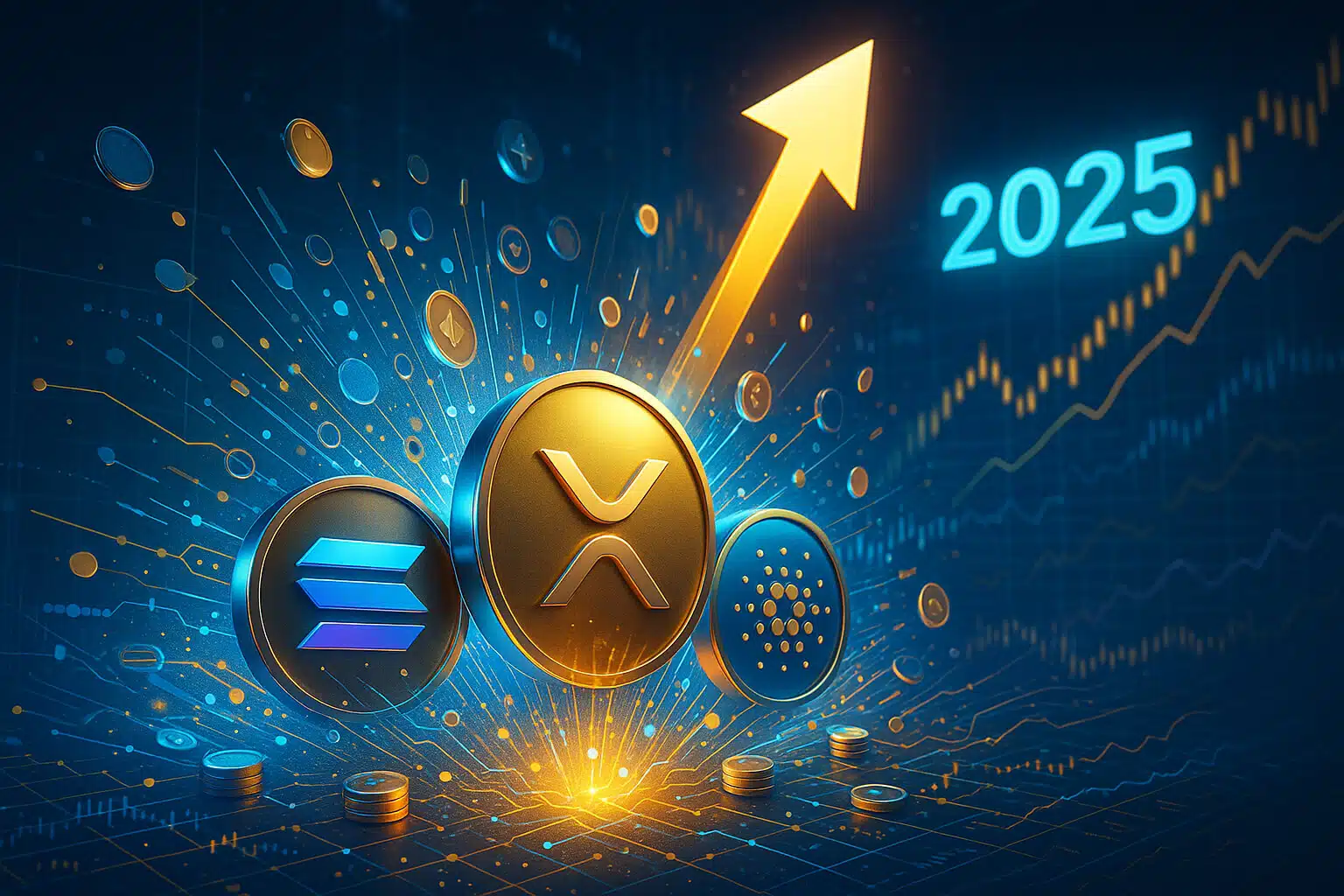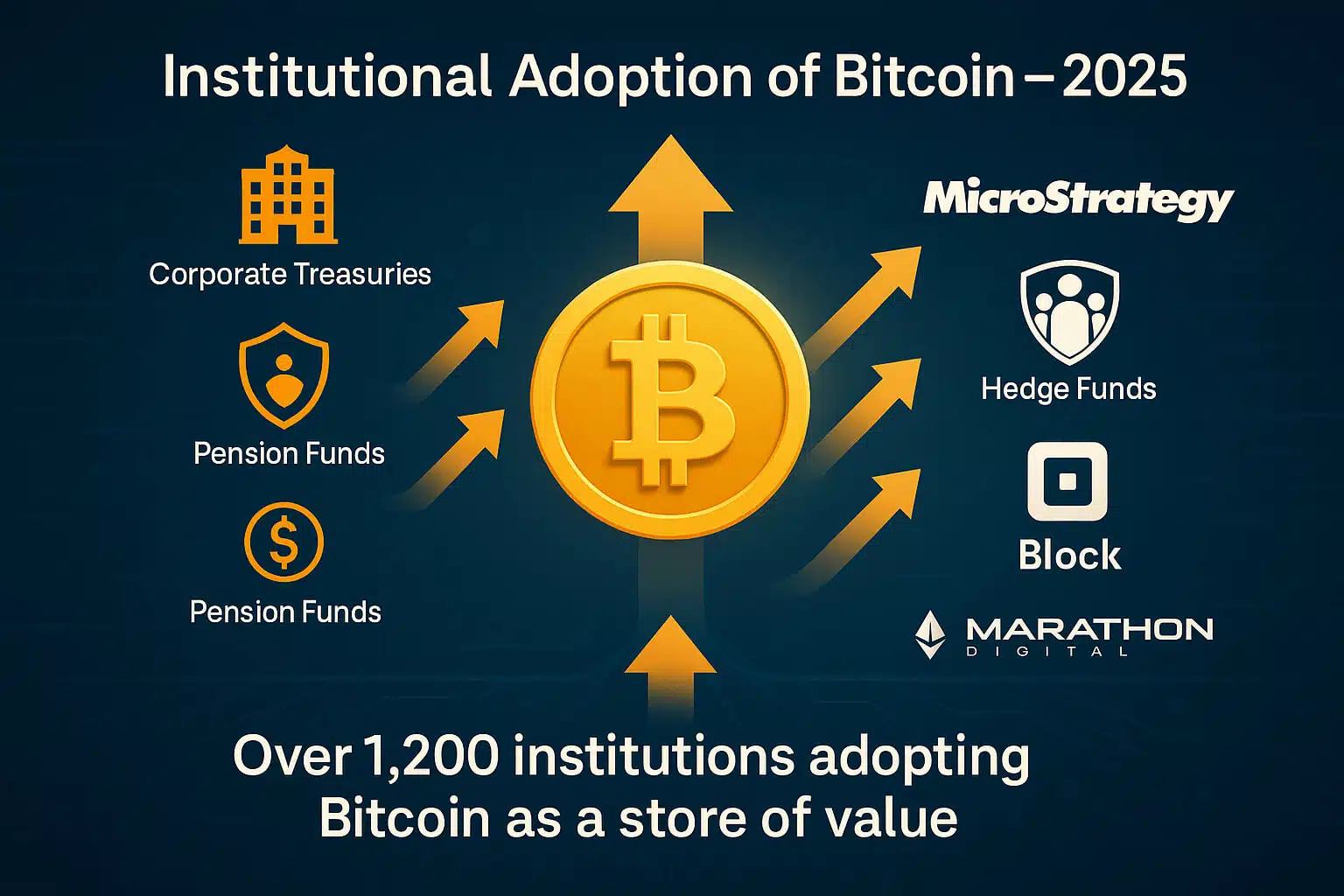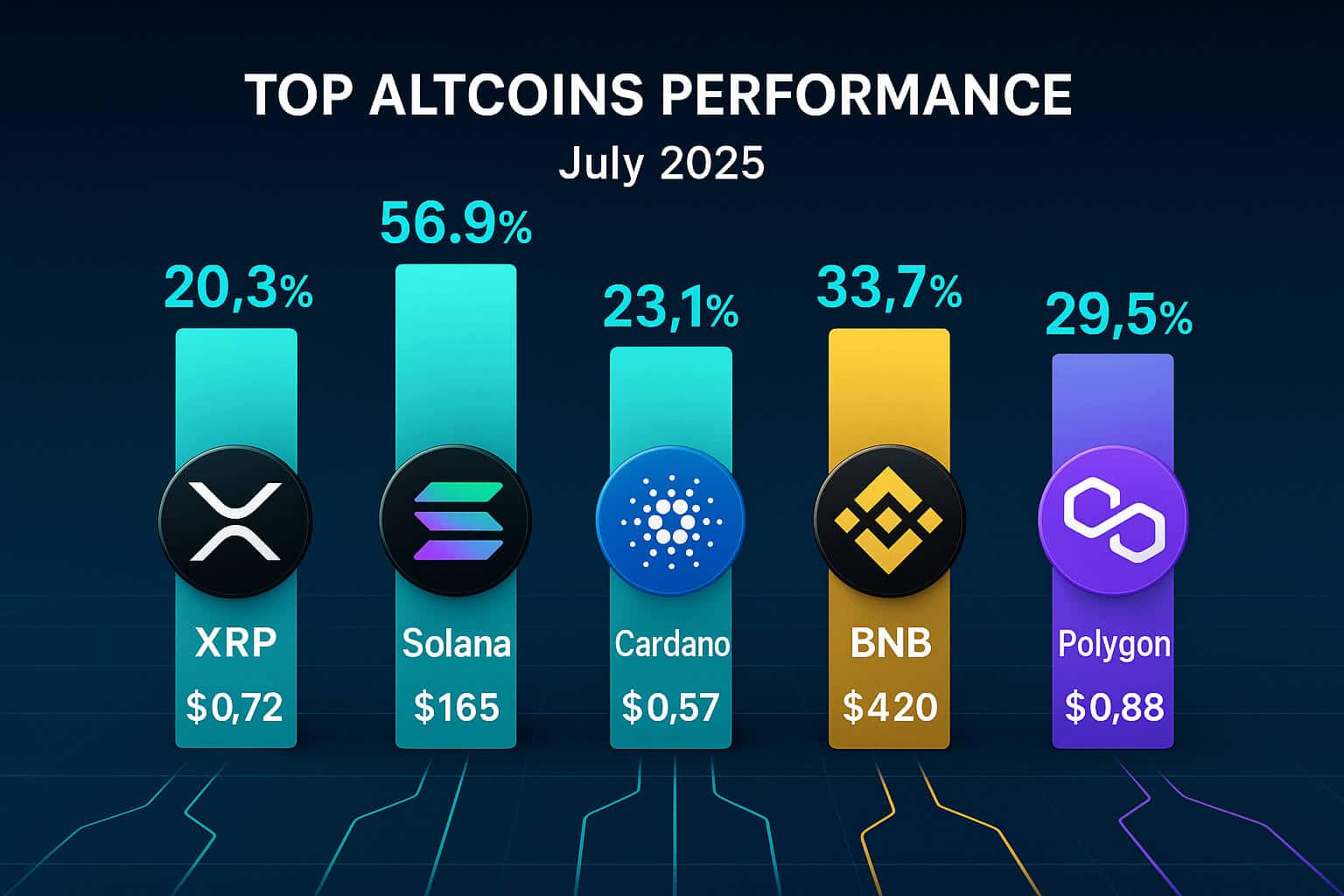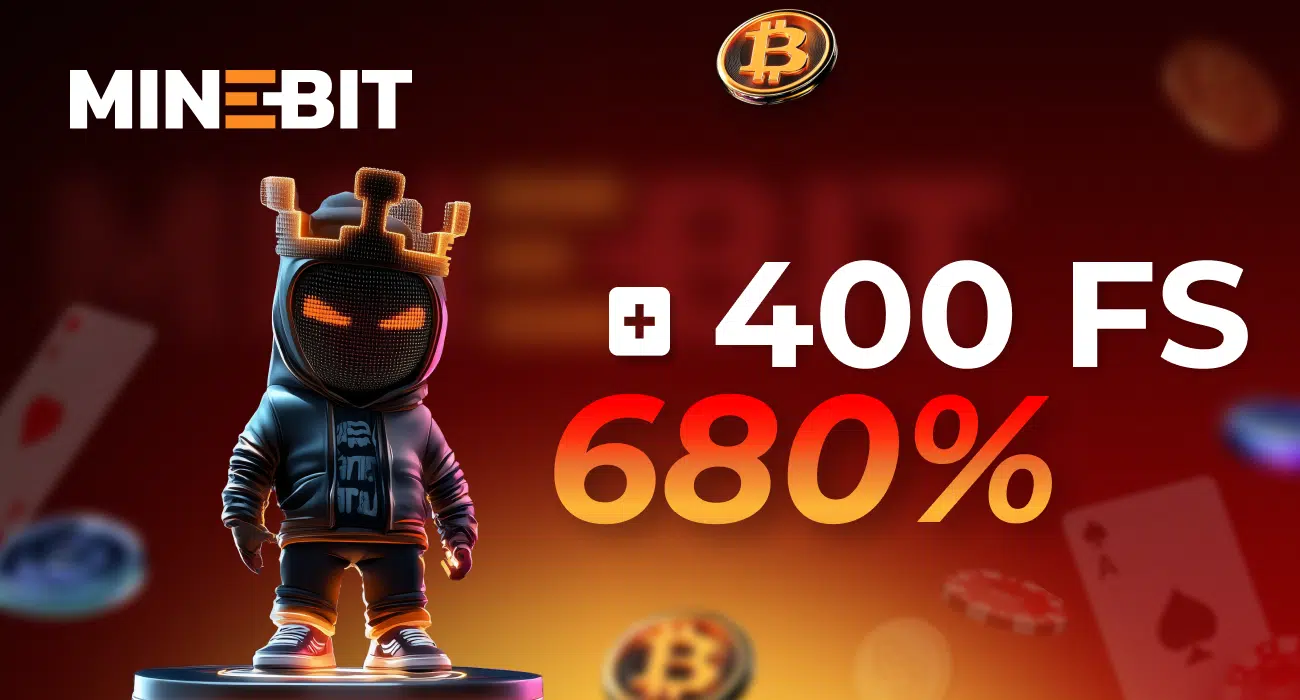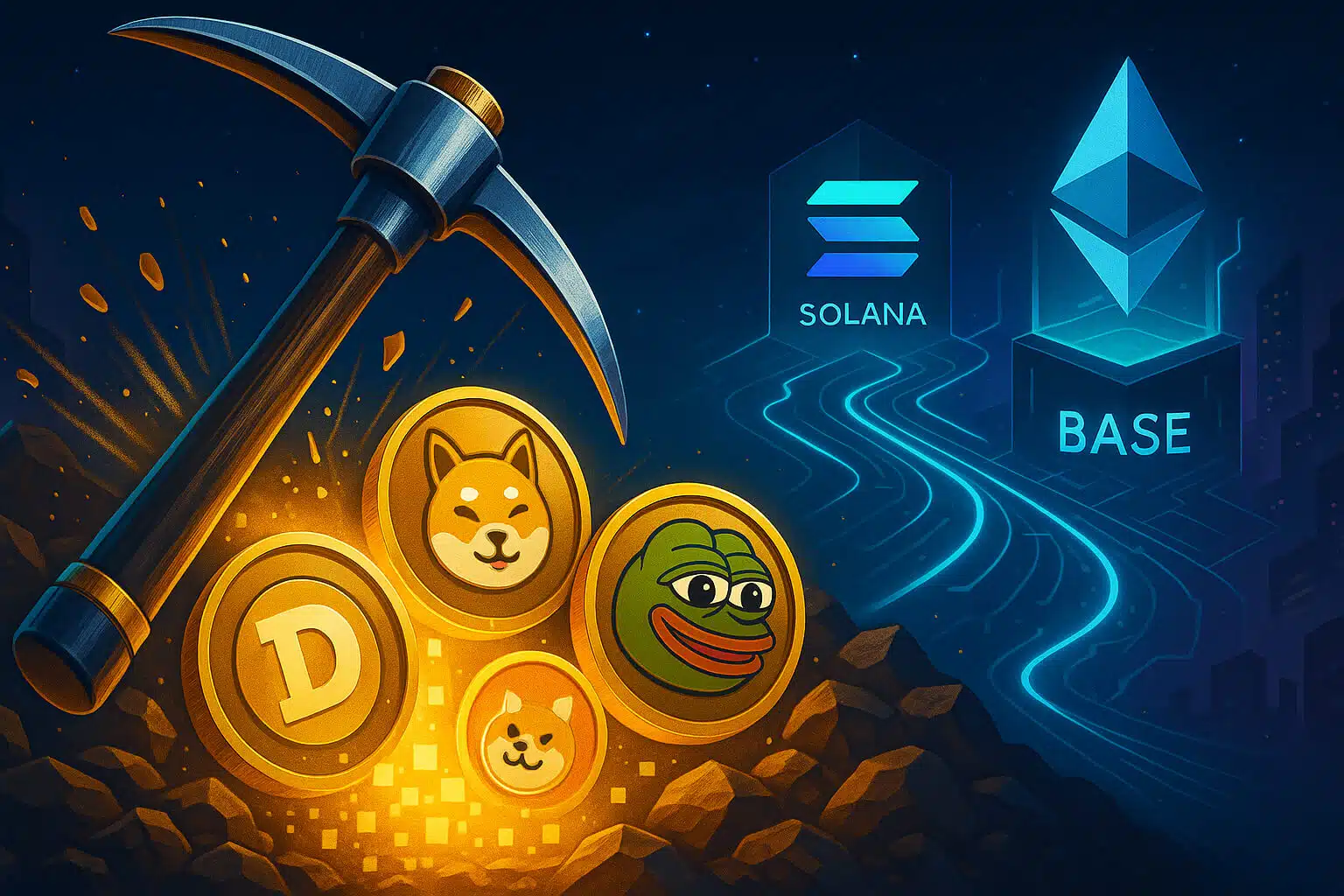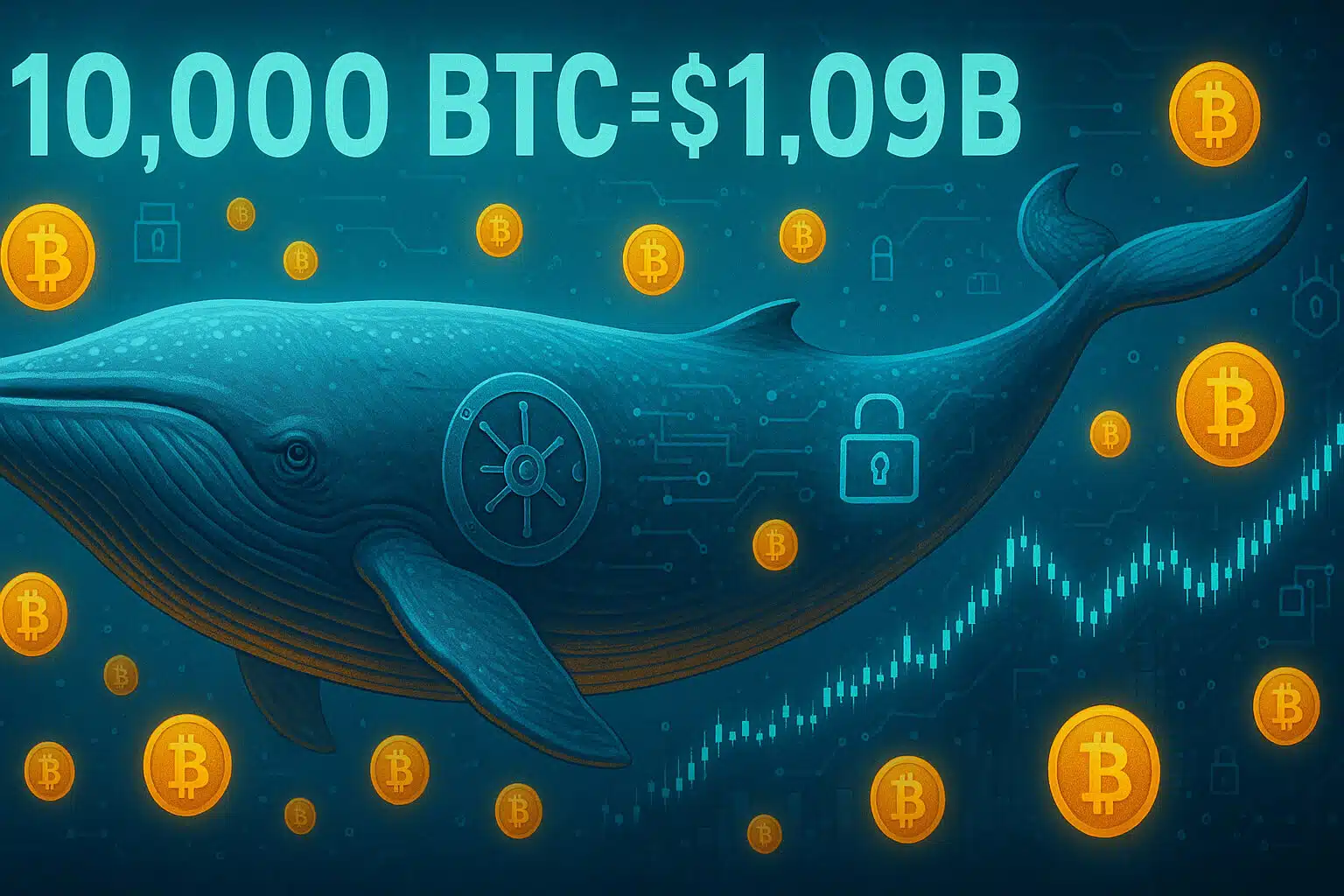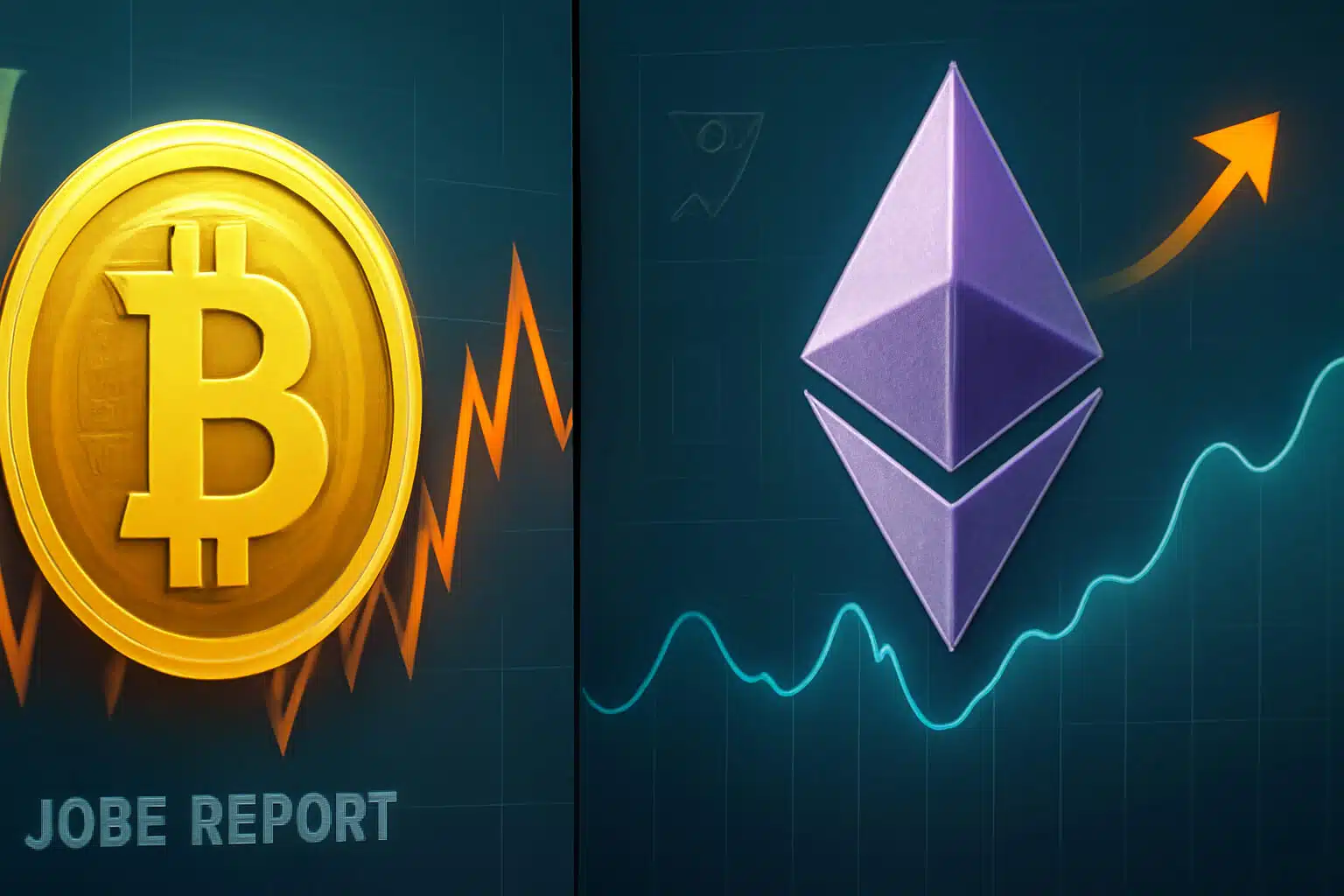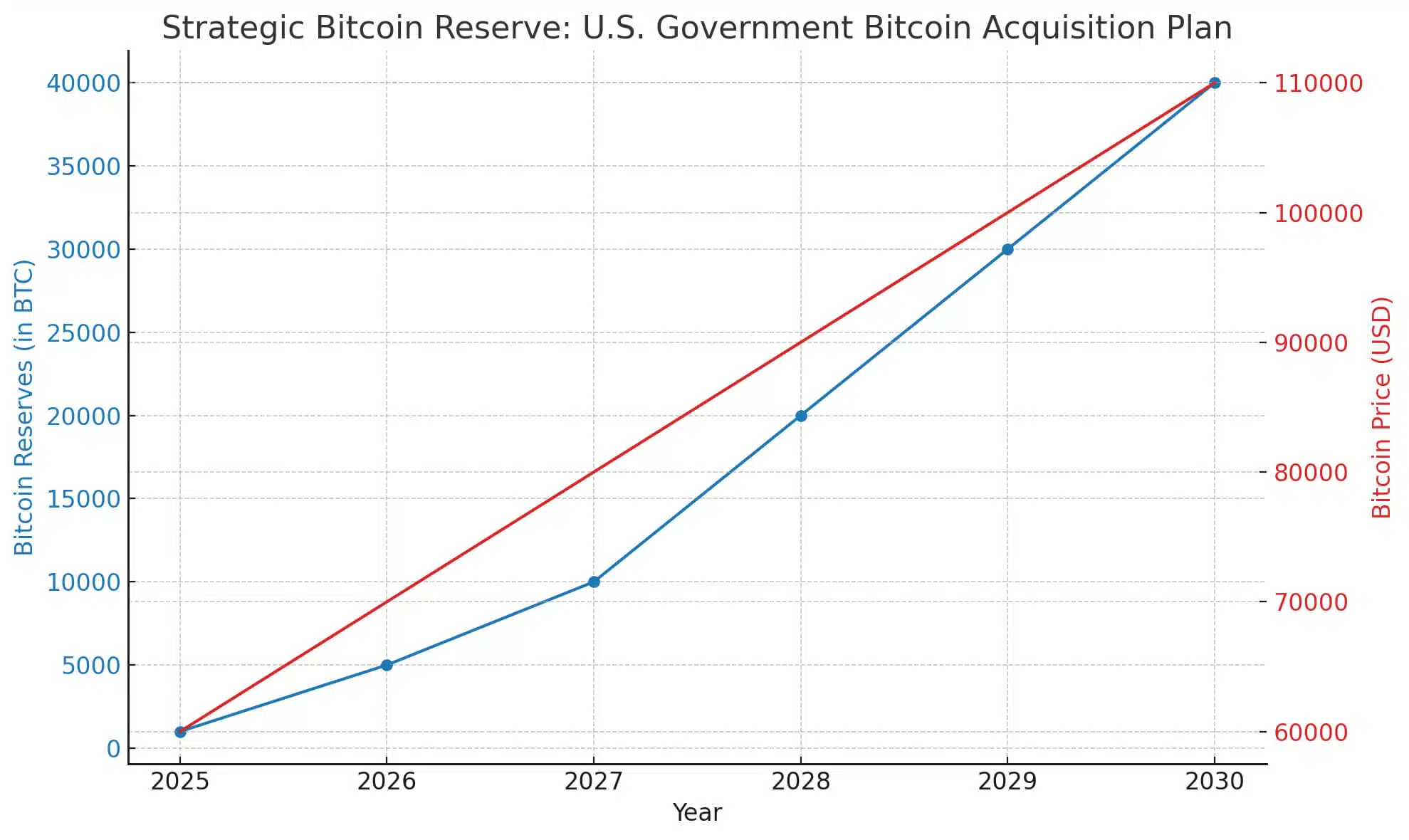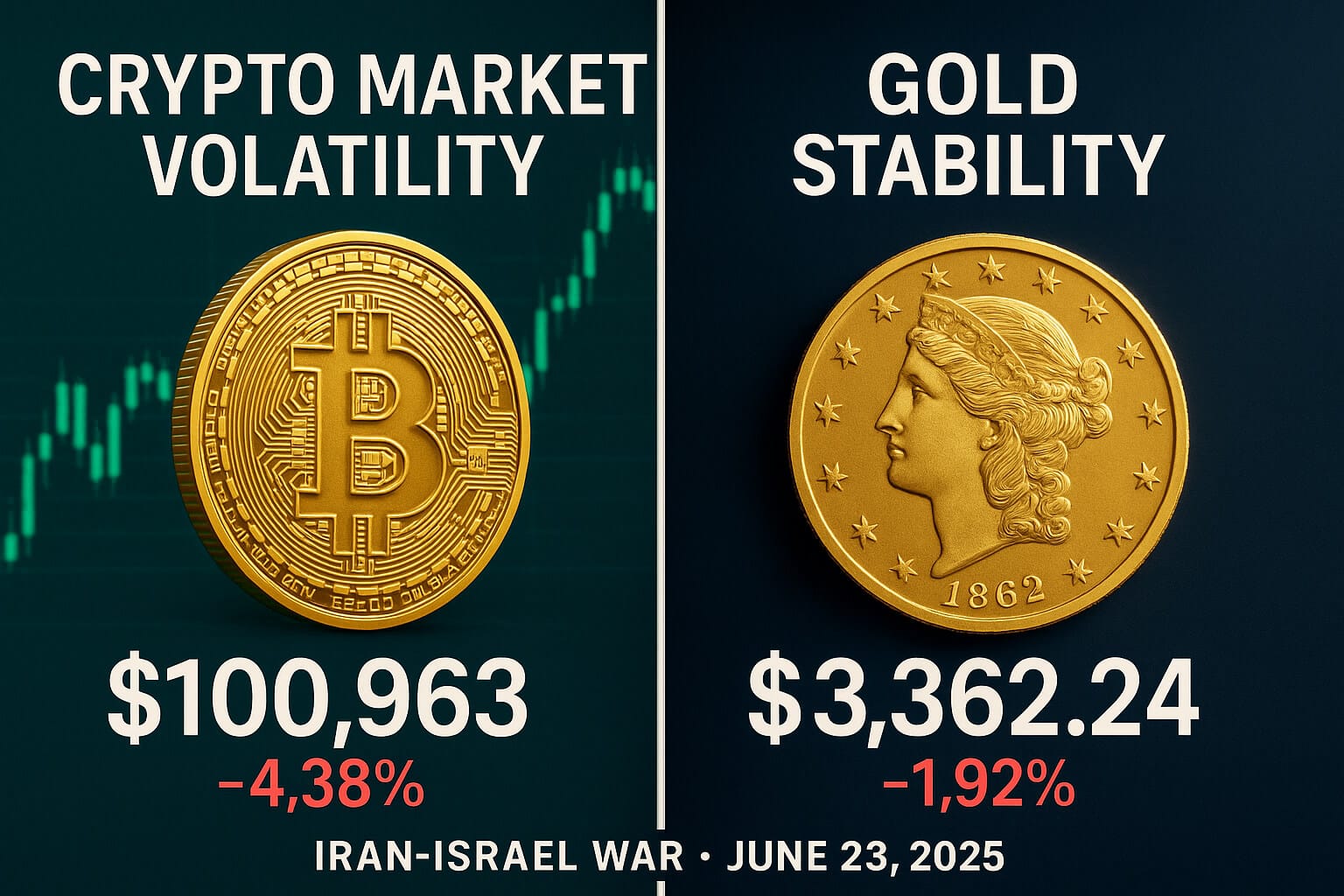Liquidity Mining: Unlocking Earnings in Decentralized Exchanges
In the world of decentralized finance (DeFi), liquidity mining has emerged as a popular strategy for earning rewards. By providing liquidity to automated market maker (AMM) pools, users can earn passive income in the form of tokens. This guide explores what liquidity mining is, how it works, and its benefits and risks.
What is Liquidity Mining?
Liquidity mining, also known as yield farming, is a process where users provide liquidity to decentralized exchanges (DEXs) and, in return, earn rewards. These rewards typically come in the form of additional tokens, which can be reinvested or traded on the open market.
How Does Liquidity Mining Work?
Liquidity mining involves depositing a pair of tokens into a liquidity pool on a decentralized exchange. Here’s a step-by-step breakdown:
- Choose a DEX and Pool:
- Provide Liquidity:
- Process: Deposit an equivalent value of both tokens into the pool. For example, if you want to provide liquidity to an ETH/USDT pool, you need to deposit an equal value of ETH and USDT.
- Earn Rewards:
- Mechanism: In return for providing liquidity, you receive LP (liquidity provider) tokens, which represent your share in the pool. These LP tokens can be staked or held to earn additional rewards.
- Withdraw Liquidity:
- Flexibility: You can withdraw your liquidity at any time, receiving your original tokens plus any earned rewards.
Benefits of Liquidity Mining
- Passive Income: Earn rewards without active trading.
- Support DeFi Ecosystem: Provide liquidity, which is essential for the functioning of decentralized exchanges.
- Compound Earnings: Reinvest earned tokens to maximize returns.
Popular Platforms for Liquidity Mining
- Uniswap:
- Description: A leading DEX known for its user-friendly interface and wide range of liquidity pools.
- Link: Uniswap
- SushiSwap:
- Description: Offers additional features like staking and yield farming, providing multiple ways to earn rewards.
- Link: SushiSwap
- Balancer:
- Description: Allows users to create and join customizable liquidity pools with multiple tokens.
- Link: Balancer
- Curve Finance:
- Description: Specializes in stablecoin trading with low slippage and competitive fees.
- Link: Curve Finance
Risks and Considerations
- Impermanent Loss: When the price ratio of the pooled tokens changes, you might experience impermanent loss.
- Smart Contract Risks: Vulnerabilities in the smart contract can lead to loss of funds.
- Market Volatility: Crypto markets are highly volatile, which can impact the value of your provided liquidity.
Tips for Successful Liquidity Mining
- Diversify Pools: Spread your liquidity across different pools to mitigate risks.
- Stay Updated: Keep track of the latest DeFi developments and platform updates.
- Monitor Rewards: Regularly check your earnings and adjust your strategy accordingly.
Conclusion
Liquidity mining offers a unique opportunity to earn passive income while supporting the DeFi ecosystem. By providing liquidity to AMM pools, you can earn rewards and contribute to the growth of decentralized exchanges. However, it’s essential to understand the risks involved and to diversify your investments to minimize potential losses.
For more insights on decentralized exchanges and DeFi strategies, visit our detailed guide on choosing the right exchange. Additionally, explore our reviews of various exchanges to find the best platforms for your trading needs.
Stay Updated
For the latest airdrops and crypto news, follow us on:






